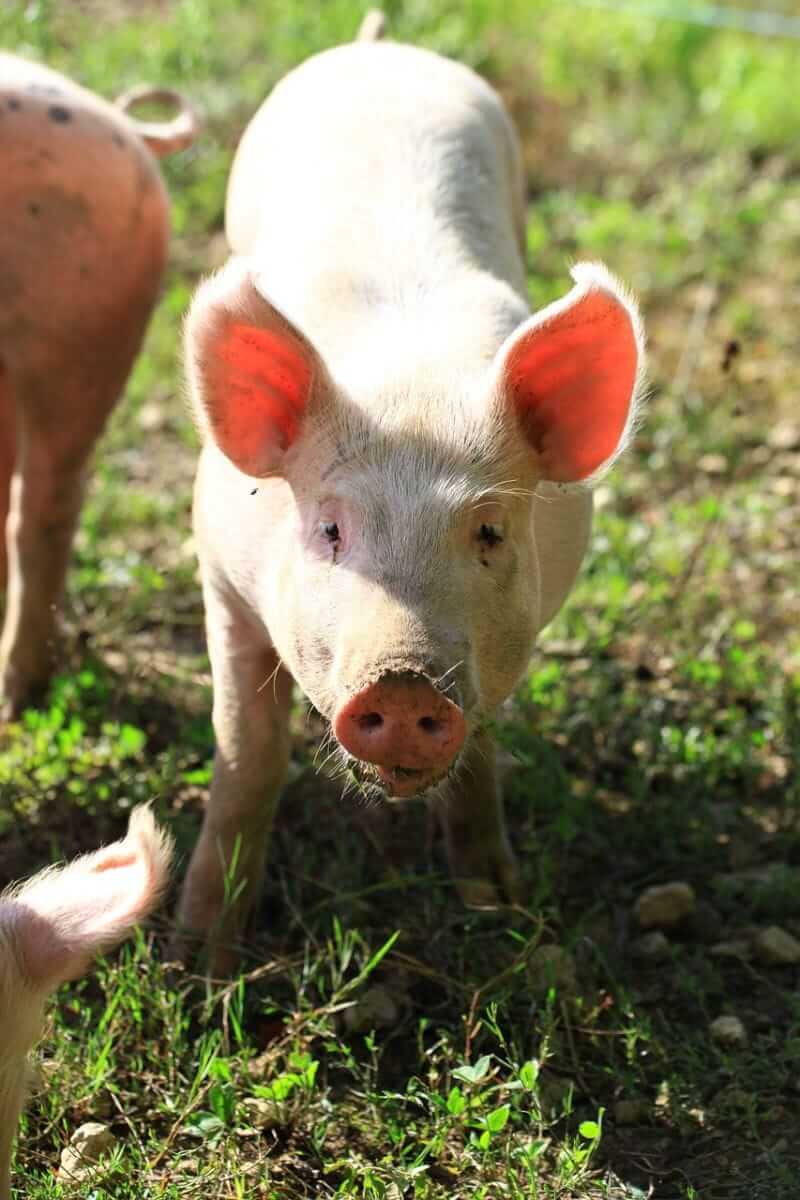In an unexpected turn of events, lean hog futures are experiencing midday gains ranging from 15 to 82 cents across most contracts as of Wednesday. According to the U.S. Department of Agriculture (USDA), the national base hog price surged by $2.81 in the morning report, reaching a negotiated trade value of $112.09. This increase comes despite the CME Lean Hog Index recording a decline of 77 cents, settling at $110.99 on June 30.
The USDA’s Wednesday morning Free on Board (FOB) plant pork cutout value saw a slight decrease of 42 cents, bringing it to $111.88. Notably, the pork butt price fell significantly by $10.60, while the belly price dropped by 51 cents. However, the rest of the primal cuts reported higher values, indicating a mixed market response.
Market Dynamics and Slaughter Rates
The rise in lean hog futures coincides with the USDA’s estimation of federally inspected hog slaughter for Tuesday at 478,000 head, which contributes to a week-to-date total of 947,000 head following a revision on Monday. This figure represents an increase of 11,000 head compared to the previous week, yet it remains 977 head below the same period last year.
Market analysts suggest that these fluctuations are influenced by a combination of supply chain adjustments and consumer demand shifts. The current pricing trends reflect the complex interplay between production capacities and market demand.
Expert Opinions and Historical Context
Industry experts are weighing in on the recent developments. Dr. John Smith, an agricultural economist, explains, “The hog market is highly susceptible to changes in both domestic and international demand, as well as feed costs. The recent price increases could be a response to anticipated demand in the coming months.”
Historically, the hog market has experienced similar volatility. In previous years, fluctuations were often driven by factors such as disease outbreaks, trade policy changes, and shifts in consumer preferences. The current situation appears to be no different, with multiple variables at play.
Future Outlook and Implications
Looking ahead, the market’s trajectory will likely depend on several key factors, including feed prices, export demands, and potential regulatory changes. The USDA’s ongoing monitoring and reporting will be crucial for stakeholders seeking to navigate this uncertain landscape.
Meanwhile, the futures market shows varied performance across different contract months. As of the latest data, July 25 hogs are priced at $109.575, marking an increase of $0.575. August 25 hogs are at $107.775, up by $0.825, and October 25 hogs stand at $92.725, rising by $0.150.
“The hog market is highly susceptible to changes in both domestic and international demand, as well as feed costs.” – Dr. John Smith, Agricultural Economist
The implications of these market movements extend beyond immediate pricing. They may influence future investment decisions and strategic planning within the agricultural sector. As the situation evolves, stakeholders will need to remain vigilant and adaptable to capitalize on emerging opportunities.
On the date of publication, Austin Schroeder did not hold any positions in the securities mentioned in this article. All information provided is for informational purposes only. For more details, please refer to the Barchart Disclosure Policy.
